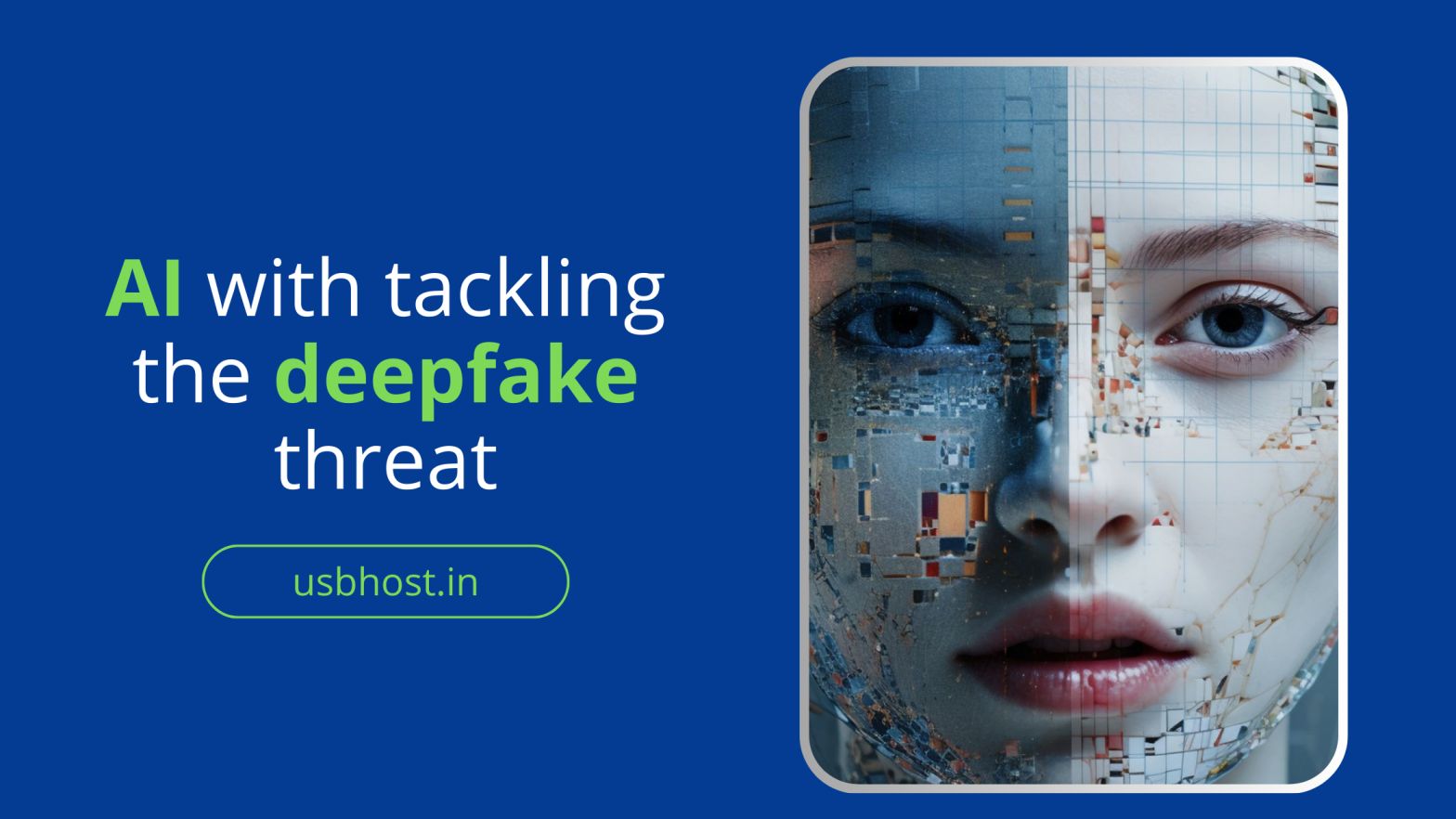Learn how to tackle the widespread problem of deepfake technology by confronting the deeper implications of AI. Discover effective strategies to tackle the deepfake threat head-on.

In the ever-evolving landscape of technological advancements, Artificial Intelligence (AI) stands as both a wonder and a source of apprehension. Among its myriad applications, one that has attracted considerable attention, albeit for the wrong reasons, is deepfakes. Recently, concerns have been raised regarding their potential misuse, leading to closer scrutiny of their implications.
Just a few months ago, the Honorable Prime Minister of India commented, “I recently saw a video in which I was seen singing the Garba song. There are many other such videos online.” This statement underlines the seriousness of the issue at hand. The Ministry of Electronics and IT has issued an advisory, indicating that such manipulated content falls under the ambit of the IT Rules 2021. Still, the question remains: are these measures sufficient, and more importantly, how can one differentiate between authentic content and deepfakes?
Deepfakes, essentially synthetic media, are created using sophisticated deep learning techniques such as Generative Adversarial Networks (GANs). These algorithms can replicate not only the visual but also the auditory nuances of a person, creating faithful replicas of real people. The implications of this technology are profound and multifaceted.
The myriad challenges presented by deepfakes are:
- Misinformation: Deepfakes have the potential to sow the seeds of misinformation, with political figures and public figures being prime targets. Elections and public opinion can be influenced through the dissemination of fabricated material.
- Privacy Concerns: The proliferation of deepfakes raises significant privacy concerns, particularly for individuals in the public eye. Unauthorized use of their likeness may damage their reputation and violate their right to privacy.
- Fraud: The advent of deepfakes introduces new avenues for fraud, as malicious actors can impersonate individuals to commit financial crimes and other illegal activities.
- Lack of trust: The proliferation of deepfakes undermines the credibility of digital media and threatens the integrity of journalism, potentially reducing public trust in information sources.
- Ethical Concerns: The creation and dissemination of deepfakes raise profound ethical questions regarding consent, personal autonomy, and the commodification of one’s likeness.
- Security Issues: Deepfakes can be weaponized to spread hate speech, incite violence, and destabilize society, posing significant security challenges at both individual and societal levels.
Despite growing awareness of the threats posed by deepfakes, detecting them remains a difficult challenge. As their fidelity improves, traditional detection methods, such as forensic analysis, become increasingly ineffective. However, ongoing research offers a glimpse of hope.
Emerging technologies, such as remote photoplethysmography (RPPG) technology, hold promise for detecting deepfakes by analyzing subtle physiological signals that synthetic media often lack. Additionally, advances in spectrogram analysis and voiceprint analysis provide opportunities to identify discrepancies between authentic and manipulated audio recordings.
As we deal with this ever-evolving landscape, it is important to take a multi-pronged approach to combating the threat of deepfakes. This requires collaboration between technology developers, regulatory bodies and experts in the field to develop robust detection mechanisms and establish clear guidelines for ethical and responsible AI use.
In conclusion, while the proliferation of deepfakes poses significant challenges, it also highlights the need for proactive measures to protect against their misuse. By fostering collaboration and innovation, we can reduce the risks posed by deepfakes and maintain the integrity of digital media.
For more information on emerging technologies and their implications, visit usbhost.in, your premier destination for web hosting solutions tailored for the modern age.
“Start Hosting Today!” – Encourages visitors to take immediate action and sign up for hosting services.
Follow for more updates (click here)






